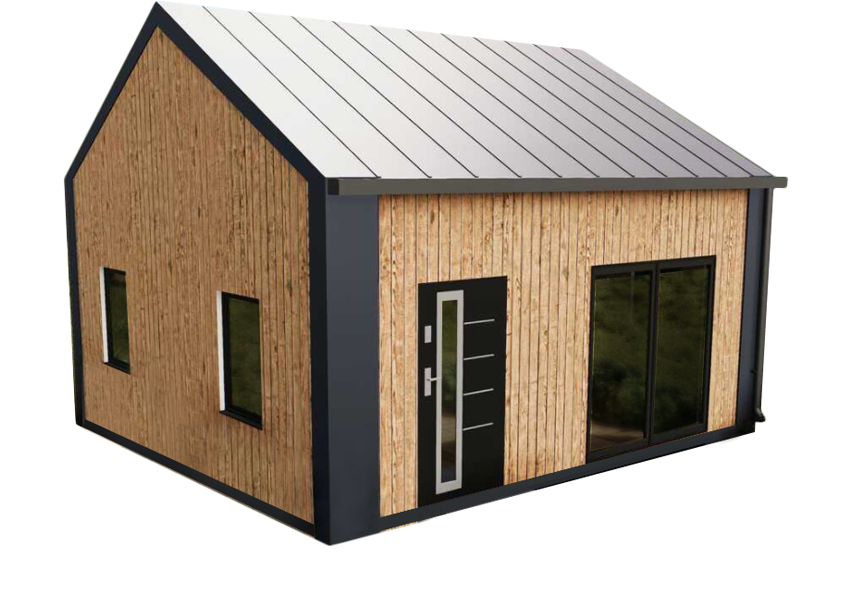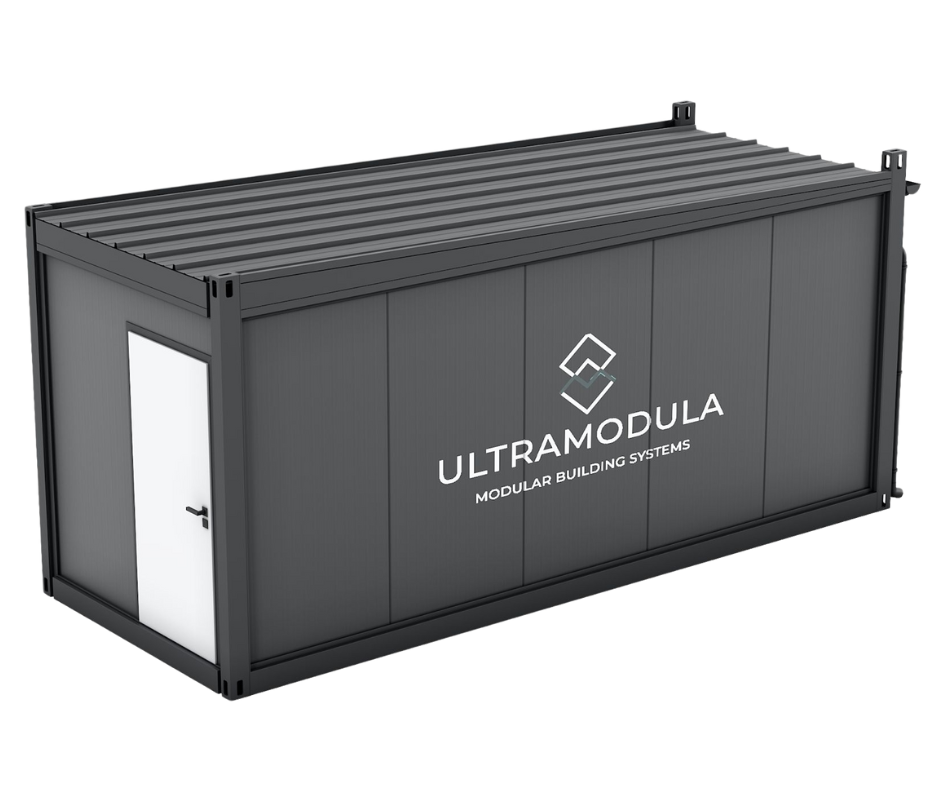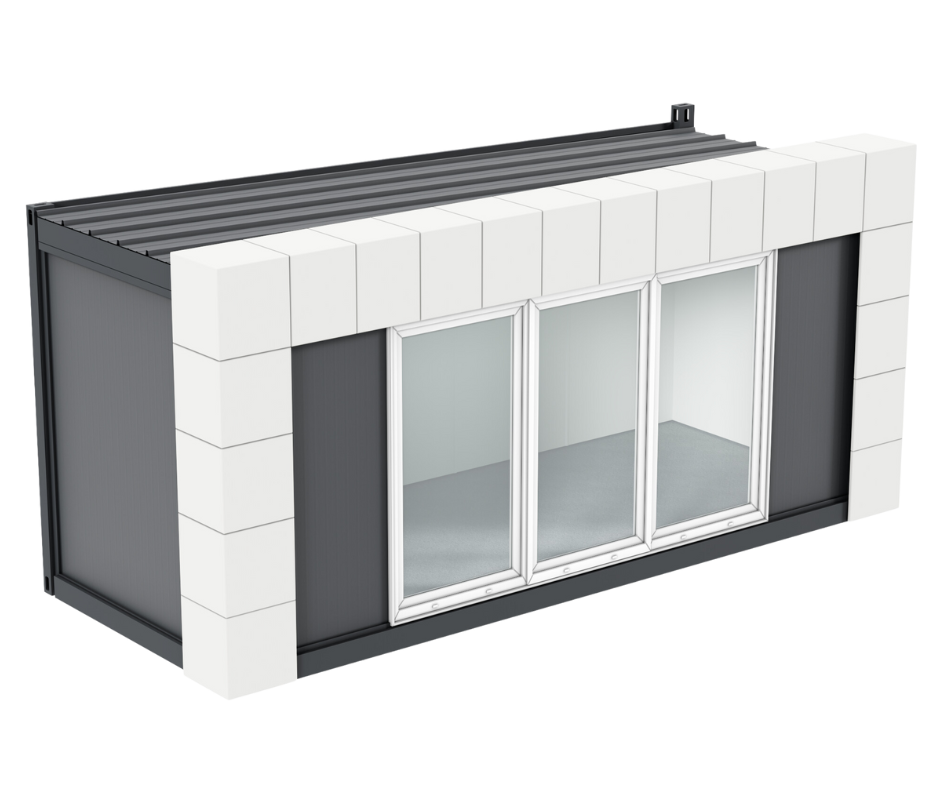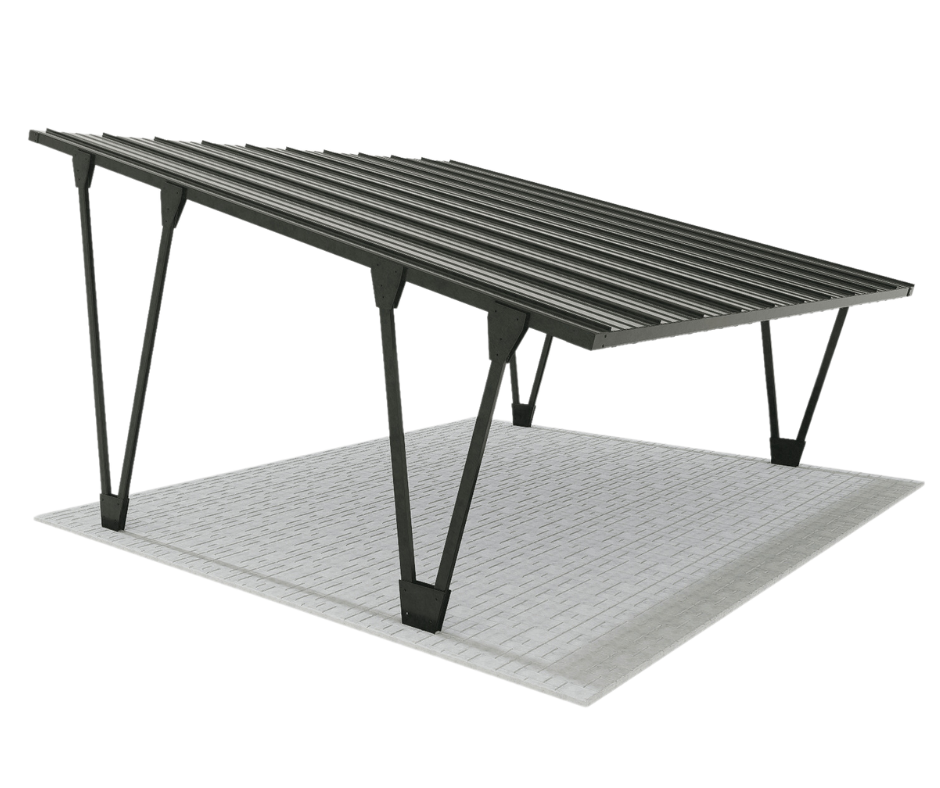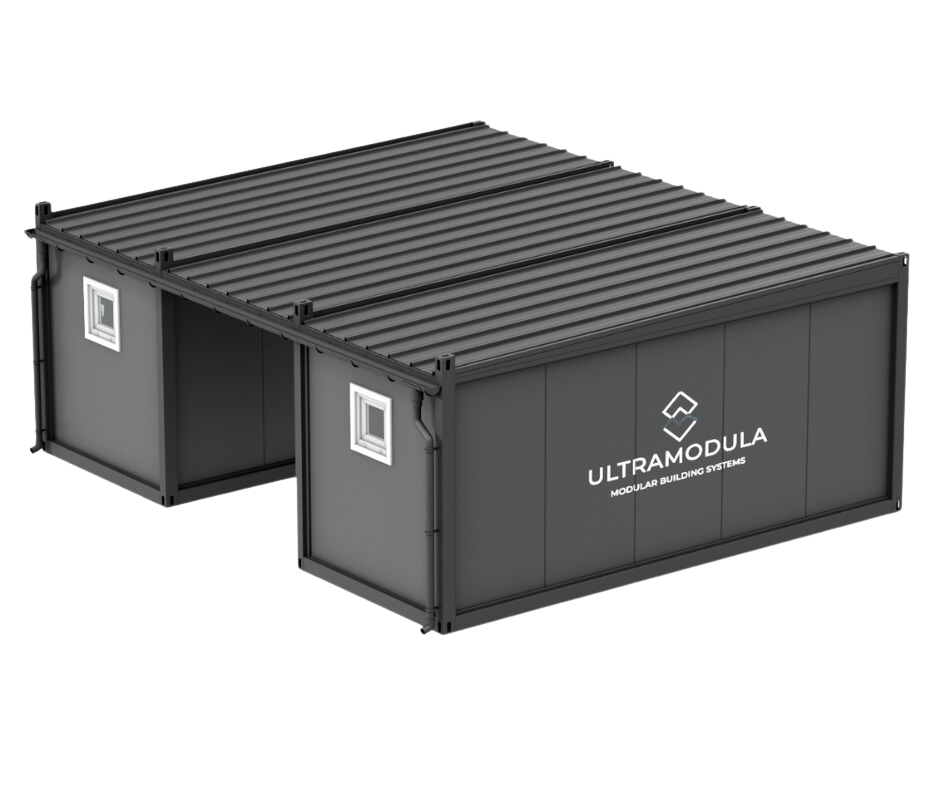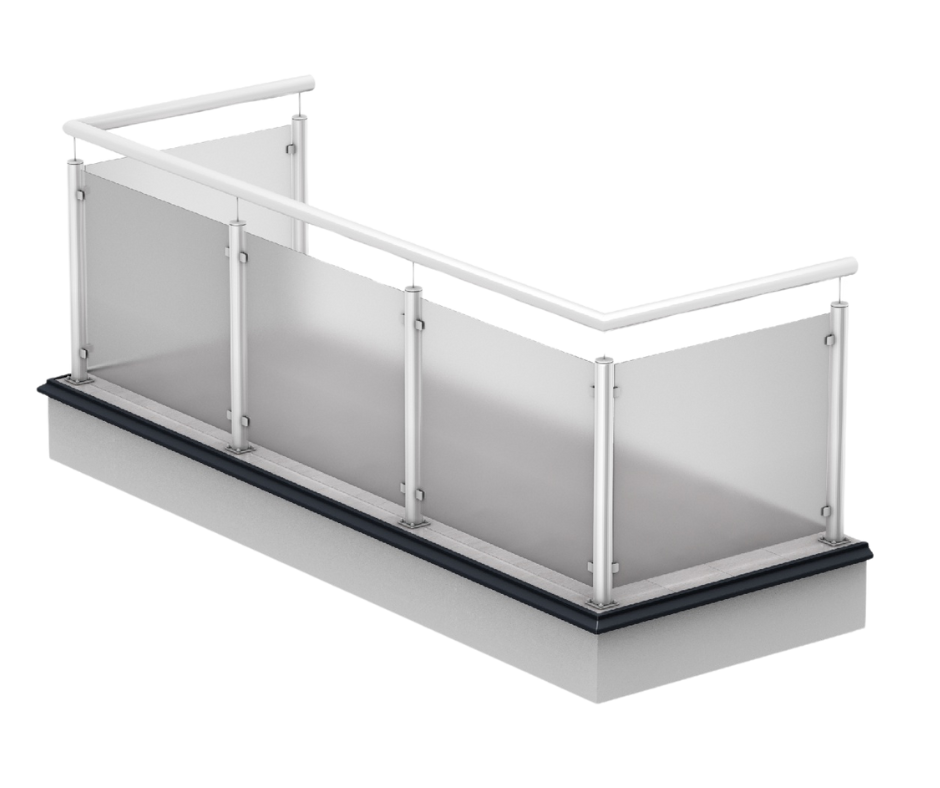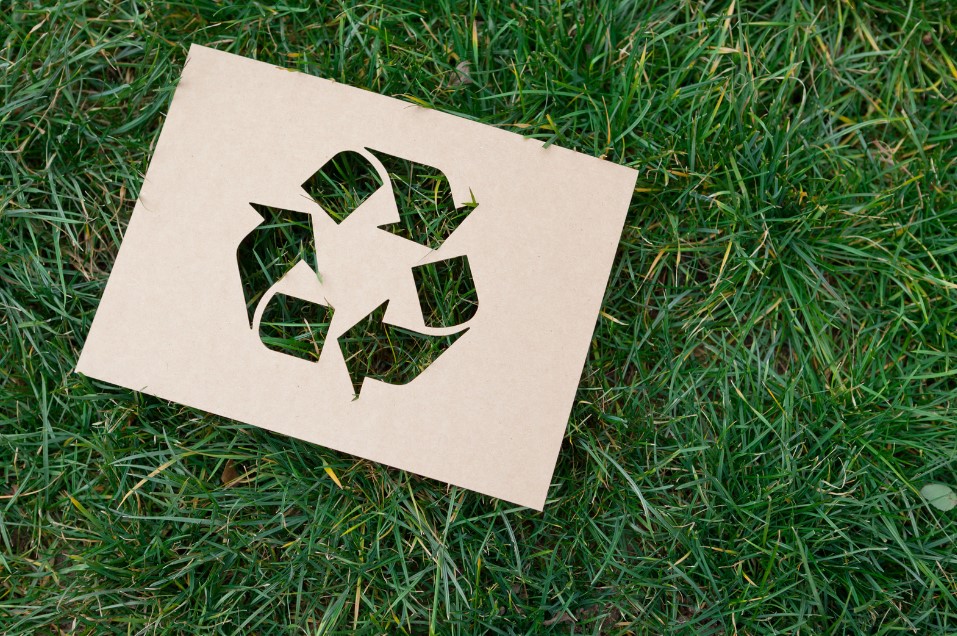
Actions aimed at recovering and recycling old ones containers
The EMTER'2021 report prepared by the European Environment Agency and the European Maritime Safety Agency states that as much as 77% of European external trade and 35% of all trade between EU Member States is carried by sea. Sea transport is therefore a key element of a modern supply chain. It should be noted that around 90% of goods in the world are transported by sea, of which more than 2/3 are freight container.
Containers they are used to transport a wide variety of products, from food to electronics, and even to transport cars and other vehicles. With the growing demand, there are more and more used objects, which are becoming a serious problem for the environment. The accumulation of waste from containers has a negative impact on the surrounding nature. Because they are made of steel, their disposal in landfills can lead to soil contamination over time, and then surface water. Therefore, it is necessary to take measures to recover and recycle old ones containers.
Recycling vs Recycling - What's the Difference?
Environmental protection and sustainable management of natural resources are among the most important challenges faced by today's society. As part of efforts to reduce human impact on the environment, recycling and material recovery are two key processes. Although often used interchangeably, they have different meanings and purposes.
Recycling
The recycling process consists in processing already used products or materials so that they can become raw material for the production of new items. It is a cyclical process where materials such as plastic, glass, paper and metal are collected, sorted, cleaned and then recycled and used to make new products instead of using virgin raw materials. Recycling gives waste a second life, reducing the need for limited natural resources and reducing the amount of waste going to landfills.
The main benefits of recycling are:
- saving raw materials,
- energy saving (processing of recycled materials requires much less energy than production from virgin raw materials),
- waste reduction,
- protection of natural resources.
recovery
This activity is also often referred to as secondary recovery. It is a process of collecting and processing materials from waste that are not suitable for traditional recycling. In recovery, as the name suggests, we focus on recovering valuable raw materials from waste that can be useful or subjected to further processing. An example is the recovery of metals from electronics (e.g. copper).
The main benefits of recovery are:
- optimization of resources: the recovery of raw materials allows the use of materials that would otherwise be wasted;
- minimizing the amount of waste through their effective use (circular economy);
- reduction of greenhouse gas emissions, e.g. by producing biogas from organic waste.
What are the most popular activities to recover and recycle old containers?
Old container objects, not just ordinary ones shipping containersbut also warehouses, modules office, residential or other, after being destined for disposal, they constitute a really large-size waste. It is worth taking steps to ensure that it can be either reused or recycled. There are really many ways to recover and recycle old containers that you can use.
Recovery - the second life of containers
Secondary recovery, i.e. the above-described process of collecting, sorting and processing waste for re-use, has become a key tool in the fight against the problem of waste, including old containers. These objects have great potential for reuse - all it takes is a little effort to get old container got a second life. Thanks to its universal, modular design, the original purpose of the objects container can be changed easily. For example office container, which is not needed by the company because it has moved to another location, can be transformed into a shop or cafe. Unused storage container can turn into a fast food restaurant or be used for studio artistic.
Recycling, or what can be recycled?
Recycling of containers consists in separating them into components, such as metal, plastic, wood, which were used in the production of the facility, and then processing them to obtain new materials. It is not only a way to obtain new materials and products, but also an effective tool in reducing the amount of waste and limiting the negative impact on the environment. This process involves several steps.
- Assembling containers for ingredients.
The first step is proper distribution container into prime factors, i.e. elements that can be recycled. Containers are made of various materials, such as steel (the entire structure, walls and roof), wood (e.g. facade), plastics (interior finish). At this stage, the components must be separated from each other to allow processing of each one.
- Material processing.
After separating the container into individual materials, the processing process begins. Each material goes through specialized recycling processes to restore its value and allow it to be reused. For example, steel can be processed into steel plate, which will be used as raw material for the production of new containers or other steel products. Plastic can be melted down and used to make new packaging or other plastic items. After processing, wood can be used in the production of furniture or as biomass.
- Real use of processed raw materials.
One of the key aspects of container recycling is the reuse of recovered materials in the further production process, not necessarily the production of containers. Thanks to this, the need to obtain new raw materials from nature is avoided, which leads to a lower burden on the environment. The use of recovered materials also allows you to reduce energy consumption and greenhouse gas emissions, which is very important in the fight against climate change.
Better to prevent than to cure
Faced with the growing challenges of the world's waste volumes, container manufacturers understand their role in the quest for more sustainable waste management. They provide their customers with many effective ways to prevent the creation of garbage from old containers.
Renting instead of buying
Instead of buying, consider renting containers to avoid creating waste. For many businesses that need containers for periodic storage of goods, or run seasonal operations, renting is an attractive alternative. Renting allows you to flexibly adjust the amount of space to current needs, without having to invest in a fixed number of container modules. After the end of the rental period, they can be returned to the manufacturer, who turns them on for further use.
Profitable leasing
The introduction of leasing programs for containers allows them to be returned after a certain period of use. Then producer can assess the condition of the object, and if it is in good condition, can put it back into circulation. Thanks to leasing programs, containers remain the property of the manufacturer or leasing company, which gives greater control over the life cycle of products. In addition, this approach is conducive to continuous monitoring of the condition of containers, which may contribute to better planning of their long-term use.
Current repairs
Repair and modernization of damaged containers can be effective methods to extend their service life. Local and international companies specializing in the repair of such facilities are able to efficiently remove any damage, thus restoring them to use. Thanks to this, containers that seemed useless can be used again in various fields of the economy, instead of ending up in landfills.
The recovery and recycling of old containers is an important ecological activity
The circular economy, i.e. the processing of waste and secondary raw materials for reuse, is today not only a trend, but also a necessity that applies to the activities of every company, regardless of its size or range. In order to fully implement the idea of a circular economy, manufacturers must not only design environmentally friendly products made of ecological materials, but also plan their entire life cycle, including the disposal stage. Nowadays, any actions aimed at recovering and recycling items that are no longer used are extremely important. Therefore, producers and enterprises should pay attention to the raw materials from which their products are made, as well as to the way they are produced and their final fate. In this way, instead of ending up in landfills, waste can be recycled and reused.
Containers are large-size products, the excessive accumulation of which in waste storage areas (when they are already destroyed or unused) is highly inadvisable. Therefore, one of the ways to avoid such situations is the secondary recovery of the materials from which they are made, as well as changing their functional purpose. Another form of "saving" containers from becoming just ordinary garbage is recycling, i.e. separating the entire structure into individual materials, so that each of them can be processed separately.
Caring for the planet today is a key activity for everyone: a producer, an entrepreneur, an ordinary person. Without saving natural resources and reducing greenhouse gas emissions, climate change will be irreversible. However, producers are particularly responsible, so it is worth checking what pro-environmental activities they implement.

